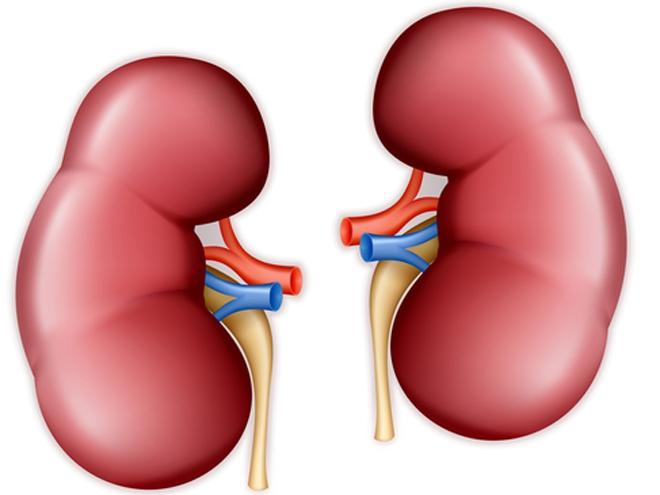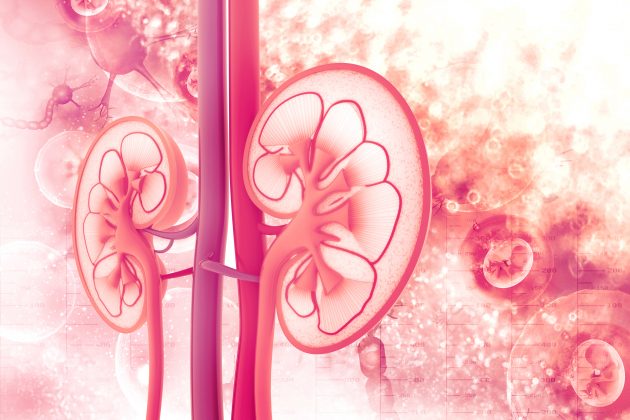In the United States, the overall prevalence of end-stage kidney disease (ESKD) is increasing; in 2016 there were >725,000 cases diagnosed. In 63% of those prevalent patients, hemodialysis was used as renal replacement therapy, peritoneal dialysis was used in 7%, and the remaining 30% underwent kidney transplantation. Most of the patients on hemodialysis (98%) were receiving in-center treatment.
The risk of hyperkalemia, defined as serum potassium concentrations of >5.0 mmol/L, among patients on maintenance hemodialysis is high. Hyperkalemia can result in arrhythmias and sudden cardiac arrest. In a study of patients in the United States undergoing hemodialysis between 2007 and 2019, the rate of hyperkalemia (serum potassium ≥5.5 mmol/L) was 16.3 to 16.8 per 100 patient-months. Results of the more recent PORTEND (potassium and Cardiac Rhythm Trends in Maintenance Hemodialysis) observational study among US patients on maintenance hemodialysis demonstrated the incidence of predialysis hyperkalemia (serum potassium >5.5 mmol/L) after the long interdialytic interval was 37% and 21% among patients on dialysate potassium concentrations of ≤2 and ≤3 mmol/L, respectively. The risk of developing hyperkalemia is lower in patients undergoing peritoneal dialysis; however, the risk is also increased in that patient population.
At present, the key approaches to management of hyperkalemia in patients with ESRD are decreasing the dialysate serum potassium concentration, additional dialysis sessions, dietary restrictions, and avoidance of medications that increase serum potassium. Shweta Bonsal, MD, and Pablo E. Pergola, MD, PhD, of University of Texas Health at San Antonio, reviewed the issues and challenges associated with effective management of hyperkalemia in patients undergoing maintenance dialysis. The review was reported in Kidney International Reports [2020;5(6):779-789].
The review includes nondialysis options for the management of hyperkalemia in this patient population, including the use of the newer potassium binder agent agents patiromer and sodium zirconium cyclosilicate that lessen the need for the highly restrictive dialysis diet and reduce the risk of potentially life-threatening hyperkalemia.
Credit: Original article published here.










